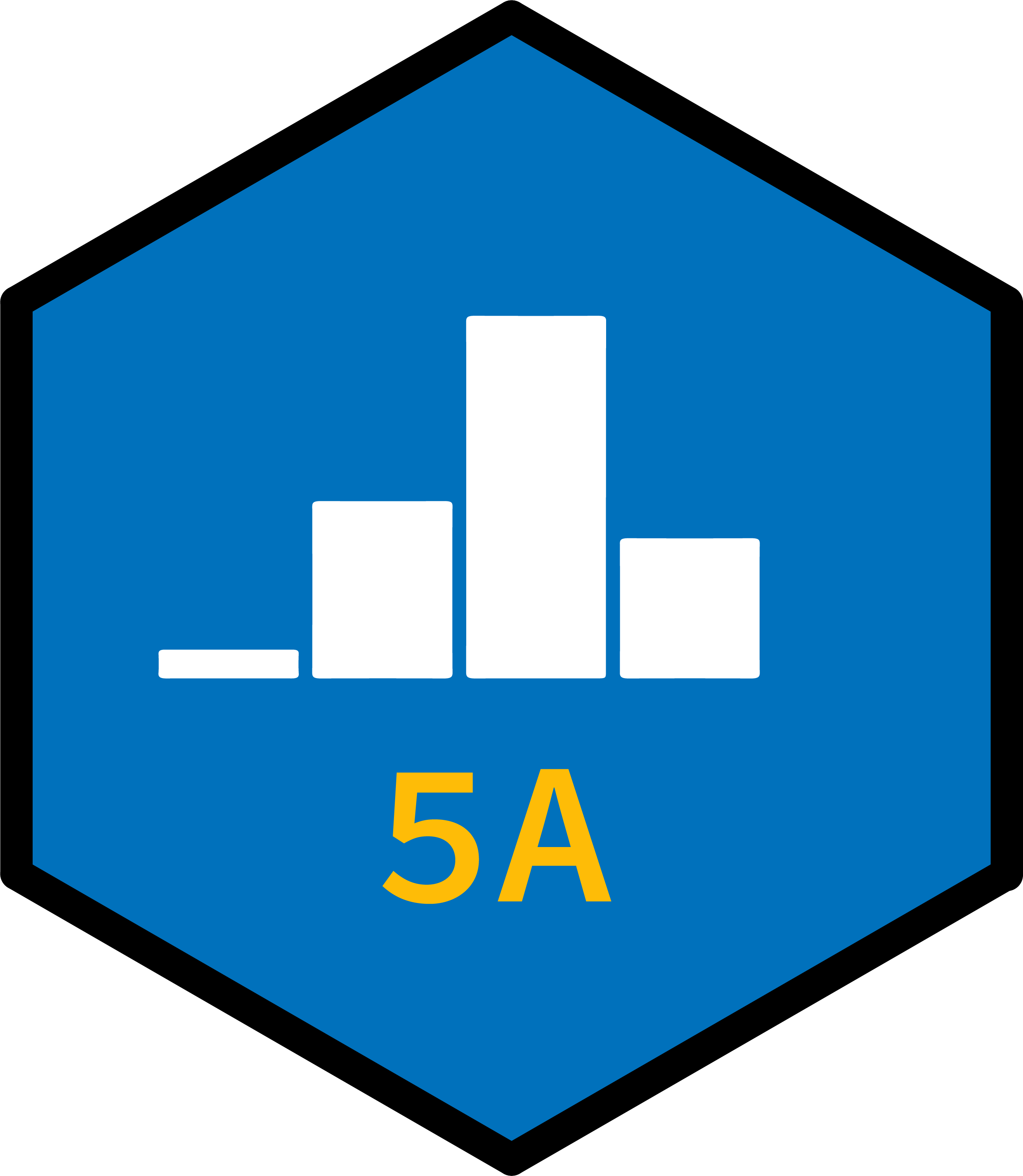Story
Now, I know many of you are graduating this quarter (or have recently graduated).
- Congratulations, by the way!!!
For those of you who are not, and especially for those of you who aren’t quite sure what you want to do, I’d like to leave you with a story.
I encountered a student who had come into undergrad not knowing what they wanted to do at all.
They had a vague inkling that they might want to do math, but after a quarter switched to Econ, then Physics, and finally wound their way into the equivalent of PSTAT 5A at their undergraduate institution.
By the end of the quarter, they were so intrigued to learn more the decided to take the analog of 120A, and then 120B, and then, before they knew it, they had completed a degree in statistics!
